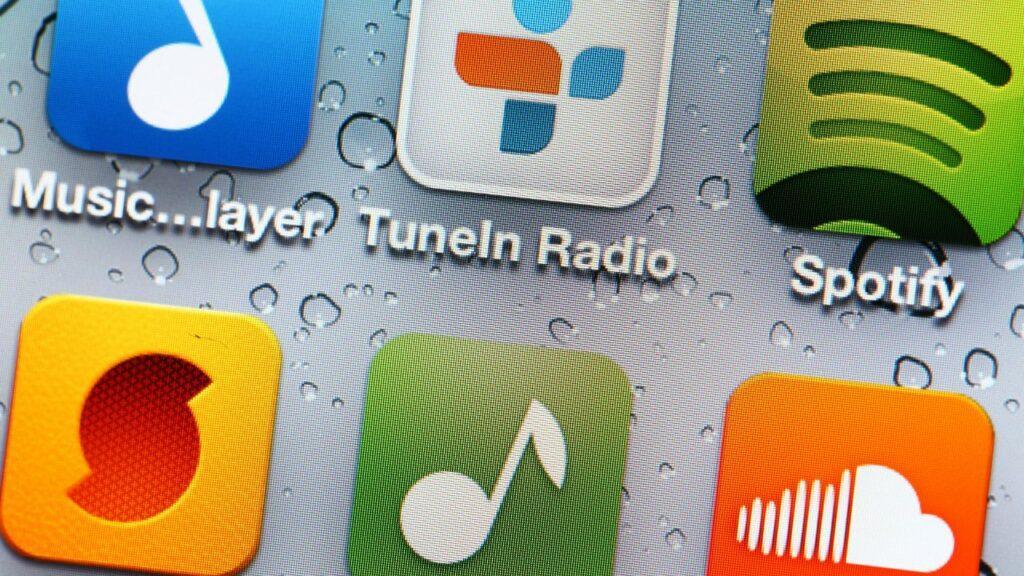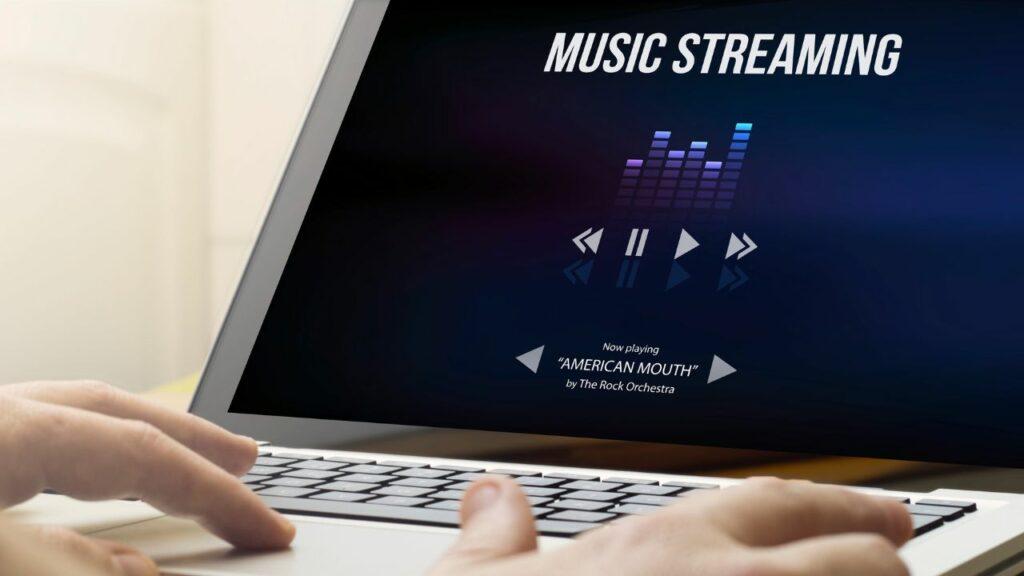Overcoming Challenges and Gaining Exposure in the Competitive Music Industry
As an unknown independent recording artist, it’s very challenging to receive guaranteed airplay advertising on a Top 40 mainstream radio station, let alone multiple stations. Mainstream radio stations typically focus on playing music from established artists and major record labels, as they aim to cater to a wide audience and prioritize popular and commercially successful tracks. However, it’s not impossible!
In 2023 the Top 40 is the #1 competitive genre of the top five radio formats in the music industry.
Factors to Consider for Independent Artists Seeking Airplay Opportunities
Here are factors we considered:
Quality of the Music: The most crucial factor is the quality of the music itself. To have a chance at airplay, the songs need to be well-produced, professionally recorded, and competitive in terms of sound and production value with the tracks played by mainstream artists.
Promotion and Networking: Independent artists need to invest in effective promotion and networking strategies. This includes building a strong online presence, utilizing social media platforms, engaging with fans, and reaching out to radio program directors, DJs, and marketers who have connections in the industry.
Regional and College Radio: Independent artists can initially focus on getting airplay on regional and college radio stations. These stations often have more flexibility in their programming and are more willing to showcase emerging and local talent. Gaining traction and support from these stations can create opportunities for exposure and potentially attract the attention of larger mainstream stations.
Music Industry Relationships: Building relationships with industry professionals such as managers, producers, booking agents, and publicists can provide access to connections and resources that may increase the chances of getting noticed by mainstream radio stations.
Chart Success and Streaming Metrics: Demonstrating a growing fan base and positive streaming metrics can help generate buzz around an independent artist. Achieving success on digital platforms, such as Spotify playlists or charting on streaming services, can draw the attention of radio programmers and increase the likelihood of airplay.
It's important to note that the competitive nature of the music industry means that gaining airplay on Top 40 mainstream radio stations as an unknown independent artist remains challenging.
Factors Affecting the Cost of Radio Advertising on Top 40 Mainstream Stations
It is generally more expensive for recording artists to receive radio advertising on the Top 40 Mainstream format due to several factors:
High Demand: The Top 40 Mainstream format is highly popular and commands a large audience. As a result, there is a high demand from artists, record labels, and advertisers to have their music promoted on these stations. The limited number of advertising spots available makes it a competitive market, driving up the cost.
Prime Time Slots: Advertising rates are often higher during prime-time slots when the stations have the highest listenership. These slots typically coincide with peak hours when the target demographic is most likely to tune in, such as morning and afternoon drive times. The increased demand for these slots further drives up the cost.
Established Artists and Major Labels: Top 40 Mainstream radio stations tend to prioritize established artists and major record labels. These artists and labels have larger advertising budgets and are often willing to pay a premium to secure prominent placement and increased exposure for their music. Independent or lesser-known artists may find it more challenging to compete for these advertising spots.
Audience Size and Reach: Top 40 Mainstream radio stations typically have a broad and extensive audience reach, often covering multiple cities or regions. The larger the potential audience, the higher the advertising rates tend to be. Stations charge more because they can offer advertisers a wider reach and exposure to a substantial number of listeners.
Station Reputation and Popularity: The reputation and popularity of Top 40 Mainstream stations also play a role in the cost of radio advertising. Stations that have a strong brand, consistent ratings, and a loyal following can command higher advertising rates based on their perceived value and ability to deliver results for advertisers.
It's important to note that advertising rates can vary depending on factors such as the specific market, time of year, duration of the campaign, and negotiating power. While Top 40 Mainstream radio advertising may be more expensive, it can provide significant exposure and reach to a wide audience, which can be valuable for artists and their promotional efforts.
Diversifying Income Sources for Artists to Recoup Advertising Expenses
Do most major recording artists depend on radio royalties to recoup money spent on advertising?
When it comes to recouping expenses related to radio advertising/airplay, recording artists primarily rely on various income sources, including:
Music Sales: Artists earn revenue from the sale of physical albums, digital downloads, and streaming platforms. This income helps recoup production costs, marketing expenses, and other investments.
Concerts and Tours: Live performances, concerts, and tours are significant sources of income for artists. Revenue from ticket sales, merchandise, and sponsorships can help recoup advertising costs and generate profits.
Merchandising: Artists often sell merchandise such as t-shirts, posters, and other branded items. These sales contribute to their overall income and can help offset advertising expenses.
Brand Partnerships and Endorsements: Artists may enter into partnerships with brands or endorse products, which can provide additional revenue streams. These collaborations often involve promotional campaigns that help recoup advertising costs.
Sync Licensing: Artists can earn money through licensing their music for use in films, TV shows, commercials, and video games. Sync licensing fees can be significant and contribute to recouping expenses.
Publishing Royalties: Artists receive publishing royalties when their music is played on various platforms, including radio, television, and online streaming services. These royalties are an additional source of income, but their contribution to recouping advertising expenses may vary.
In summation, it's important to note that the music industry is complex, and revenue streams vary depending on factors such as an artist's popularity, contracts with record labels, and the changing landscape of the industry. Artists often rely on multiple income sources to recoup expenses and generate profits, with radio royalties being just one piece of the overall puzzle.
This post contains affiliate links, meaning we may earn a commission if you make a purchase through our links, at no extra cost to you. Your contribution helps sustain our blogging and supports our efforts to provide informative and valuable information. Even though Devine Jamz Gospel Network receives compensation for our posts or advertisements, we always give our honest opinions, findings, beliefs, or experiences on those topics or products. The views and opinions expressed on this website are purely of Devine Jamz Gospel Network. Any product claim, statistic, quote or other representation about a product or service should be verified with the manufacturer, provider or party in question.
Related Posts:
 Understanding Radio Airplay Royalties: How Artists Get Paid
Understanding Radio Airplay Royalties: How Artists Get Paid
 Programmatic Audio Platforms vs. Commercial Radio: Effective Music Advertising Solutions
Programmatic Audio Platforms vs. Commercial Radio: Effective Music Advertising Solutions
 Grammy-Winning ALYA Impacts Programmatic Audio Platforms
Grammy-Winning ALYA Impacts Programmatic Audio Platforms
 Psalmist SylMac Uplifts Souls with Her New Release “The Lord’s Prayer”
Psalmist SylMac Uplifts Souls with Her New Release “The Lord’s Prayer”
 Exciting News: Celebrating the Impact of AngelicVoicesMusic’s New Music Video “Why Not” ft Asim I.I.
Exciting News: Celebrating the Impact of AngelicVoicesMusic’s New Music Video “Why Not” ft Asim I.I.
 “This Is the Day that the Yah Has Made” – by Minister John E. Black
“This Is the Day that the Yah Has Made” – by Minister John E. Black
 Why Recording Artists Need a Website for Control, Exposure, and Revenue
Why Recording Artists Need a Website for Control, Exposure, and Revenue
 Promote Christian Gospel Music With The Best Digital Assets
Promote Christian Gospel Music With The Best Digital Assets



